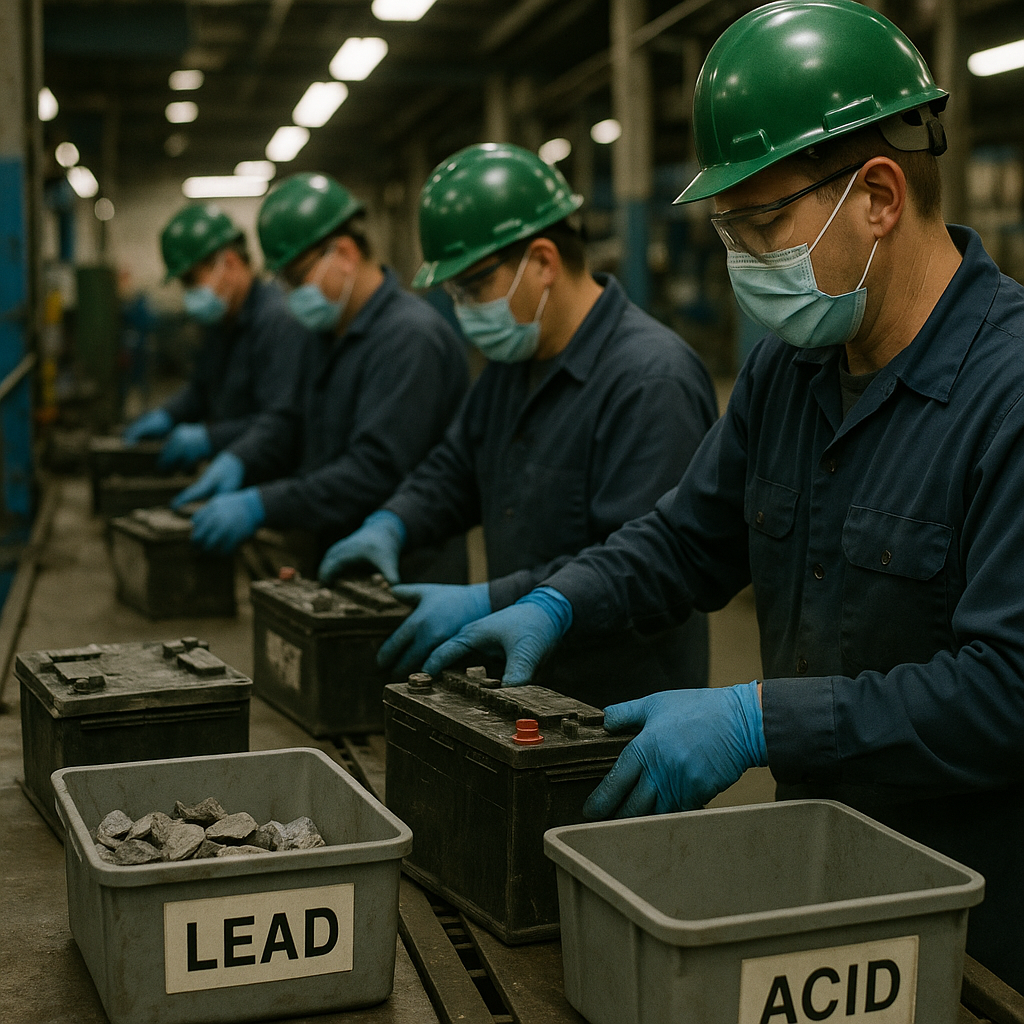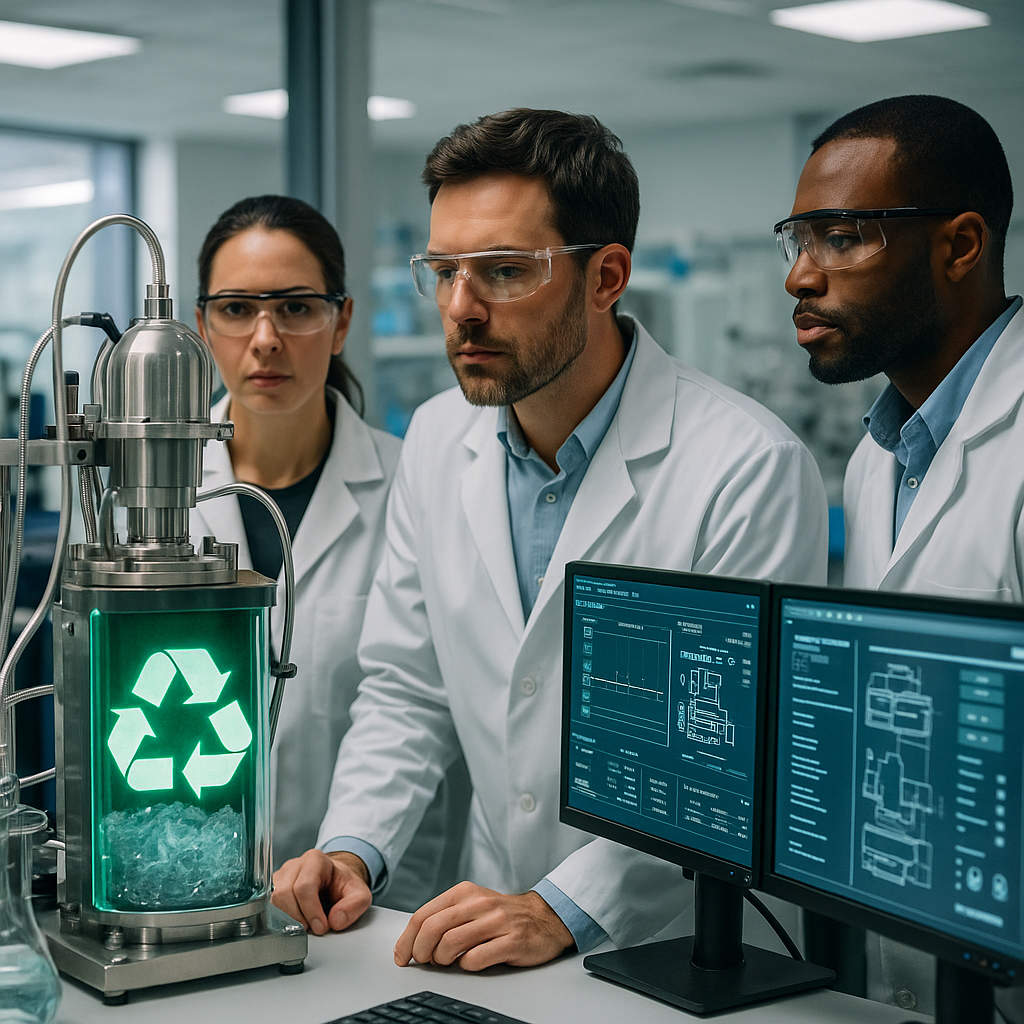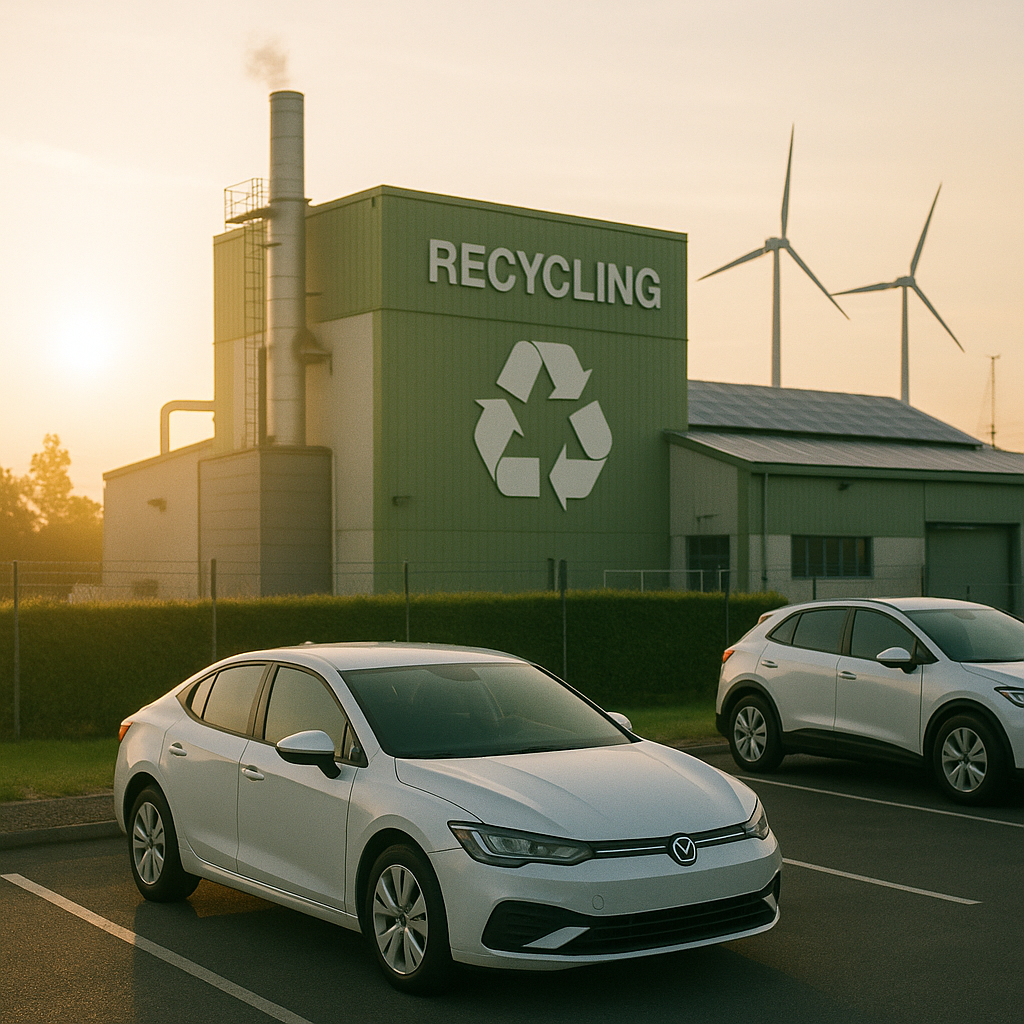5901 Botham Jean Blvd, Dallas, TX 75215
What is Lead Recycling and Why is it Important?
September 21, 2025Lead batteries achieve an impressive 99% recycling rate in the United States, making them the most recycled consumer product in the country. This rate significantly outpaces other common recyclables like paper (67%) and aluminum cans (55%).
Lead recycling is the systematic process of collecting used lead-acid batteries and reprocessing them to recover valuable materials. The process separates and reclaims components including lead metal, plastic casings, and even the electrolyte solution. These materials are then reintegrated into the manufacturing cycle to create new products.
The importance of lead recycling cannot be overstated. Keeping lead out of landfills prevents this hazardous material from contaminating soil and waterways. The process conserves natural resources by reducing the need for virgin lead ore mining, which helps protect ecosystems and biodiversity in mining areas. Additionally, recycling lead requires significantly less energy than primary lead production, thereby reducing greenhouse gas emissions and fossil fuel consumption.
How Does the Lead Battery Recycling Process Work?

The lead battery recycling process is highly efficient, recovering nearly 99% of battery components for reuse. This closed-loop system starts when spent batteries arrive at specialized recycling facilities from collection points nationwide.
At the facility, batteries are subjected to a controlled breaking process. Powerful hammer mills crush the batteries into smaller pieces, the first step in separating valuable components. Safety measures prevent potential reactions, as the batteries still contain active materials.
After crushing, the battery fragments move to separation vats filled with water. The varying densities of materials facilitate this separation: heavier lead components sink to the bottom, while plastic cases float to the top. This simple yet effective method allows for efficient recovery of both materials.
Lead Processing
The recovered lead is smelted in furnaces where temperatures reach high levels for up to 10 hours. During this process, molten lead is refined as impurities float to the surface and are removed. The purified lead is then poured into molds to form ingots or bars.
These lead ingots become the raw material for manufacturing new batteries and other lead products. A single recycled lead bar can produce up to three new batteries, highlighting the efficiency of lead reuse and the high recovery rates of battery recycling.
Plastic Recycling
The polypropylene plastic components follow a separate recycling path. After being skimmed from the separation vats, the plastic pieces are thoroughly washed and dried before heading to plastic recycling facilities where they are melted and formed into small, uniform pellets.
These plastic pellets serve as raw material for new battery cases and other plastic products. The recycled plastic maintains its integrity and performance characteristics, making it ideal for reuse in new batteries.
Acid Treatment
The battery acid, composed of sulfuric acid and water, is carefully managed using one of two methods. In the first approach, the acid is neutralized with a compound similar to household baking soda, converting it to water. This water is then treated, cleaned, and tested before release.
Alternatively, the acid can be processed and converted to sodium sulfate, a valuable white powder used in manufacturing detergents, glass, and textiles. This process transforms a potentially harmful waste product into a useful industrial material.
Through these specialized processes, lead batteries have become one of the most successfully recycled consumer products. The system captures valuable materials, prevents environmental contamination, and reduces the need for new raw material extraction.
What Are the Environmental and Economic Benefits of Lead Recycling?
Lead recycling offers substantial environmental benefits by diverting around 160 million lead batteries from landfills each year. This impressive feat prevents toxic lead and sulfuric acid from contaminating soil and groundwater, thus safeguarding ecosystems and human health from potential neurological damage and developmental issues.
Beyond waste reduction, lead recycling requires nearly 80% less energy than extracting virgin lead from ore. This significant energy saving results in reduced carbon emissions and decreased fossil fuel consumption, notably aiding climate change mitigation efforts.
Resource conservation represents another crucial benefit. Recycled lead can be reused indefinitely without losing quality, ensuring the continued availability of this finite resource. This circular approach decreases the demand for new lead mining, which often leads to habitat destruction and changes landscapes in mining regions.
Economically, the lead battery recycling industry creates significant job opportunities across various sectors. It employs workers in collection centers, sorting facilities, transport services, and processing plants involved in crushing, smelting, and refining. Manufacturing roles focused on producing new batteries from recycled materials often offer stable employment with competitive wages.
A 2019 economic impact study reported impressive growth in the U.S. lead battery industry, with a 20% increase in direct jobs. The industry provided nearly 25,000 direct jobs across 38 states, supported almost 92,000 total jobs for American workers, and contributed over $26.3 billion to the U.S. economic output.
Lead recycling facilities act as economic anchors in their communities. They generate tax revenue, support related businesses, and create indirect employment opportunities. Small businesses commonly emerge to assist the recycling infrastructure, ranging from equipment maintenance to safety training services.
The domestic circular economy fostered by lead recycling offers manufacturers a stable, reliable supply of recycled materials. This reduces reliance on foreign resources and enhances the resilience of the supply chain. Businesses using recycled lead benefit from lower material costs, boosting competitiveness and enabling expansion and additional hiring.
Communities with established recycling programs often see decreased waste management costs. By diverting lead materials from landfills, local governments save on disposal expenses and can allocate funds to other essential services, amplifying the economic benefits throughout the community.
Safety and Regulatory Standards in Lead Recycling

Lead recycling involves handling a hazardous material, so it’s subject to stringent safety protocols and environmental regulations. Facilities must comply with guidelines from the Environmental Protection Agency (EPA) and the Occupational Safety and Health Administration (OSHA) to ensure worker safety and environmental protection. These standards address everything from air emissions during the smelting process to the proper handling and storage of used batteries.
Employee protection measures include using specialized personal protective equipment (PPE), routine health monitoring, and controlled ventilation systems to minimize exposure to lead dust or fumes. Recycling plants also implement closed-loop systems to treat wastewater and emissions before release, preventing harmful substances from entering the environment.
Additionally, international frameworks like the Basel Convention regulate the transboundary movement of hazardous waste, including used lead-acid batteries. This ensures recycling occurs under proper environmental and labor safeguards, avoiding unregulated facilities where lead pollution poses severe health risks.
By adhering to these standards, lead recycling facilities protect their employees, maintain public trust, and contribute to a safer circular economy.
Innovations and Future Trends in Lead Recycling

The lead recycling industry continues to evolve, with technological advances enhancing safety, efficiency, and sustainability. Modern smelting technologies use advanced filtration and gas treatment systems to capture emissions, reducing environmental impact. Some facilities are adopting hydrometallurgical methods that use aqueous chemistry to recover lead, offering a cleaner alternative to traditional smelting.
Automation and artificial intelligence are being integrated into sorting and materials handling, minimizing human exposure to hazardous materials and increasing recovery accuracy. These improvements enable facilities to process larger volumes of batteries with greater efficiency.
On the demand side, the global shift to renewable energy and electric vehicles is increasing reliance on energy storage solutions. While lithium-ion batteries are becoming more common, lead-acid batteries remain crucial for backup power, grid stabilization, and transportation in emerging markets. Recycling is essential for meeting this demand sustainably.
Future trends include greater integration of recycling into corporate sustainability strategies. Manufacturers are increasingly designing products with recyclability in mind, ensuring that materials like lead, plastic, and electrolytes can be recovered more easily at end-of-life. This forward-thinking approach supports the principles of a circular economy while reducing environmental footprints.
Conclusion: The Future of Lead Recycling

Lead recycling exemplifies a successful circular economy model in practice. With an impressive 99% recycling rate, lead batteries are among the most sustainably managed products in the waste stream. This closed-loop system keeps millions of lead batteries out of landfills each year while conserving valuable resources.
Beyond waste reduction, recycling lead requires 80% less energy compared to extracting new lead from ore. This energy efficiency directly translates to lower carbon emissions, aligning with global decarbonization efforts. As the world shifts toward renewable energy sources and electric transportation, the demand for reliable energy storage will continue to rise. For your metal recycling needs, contact Okon Recycling at 214-717-4083.
